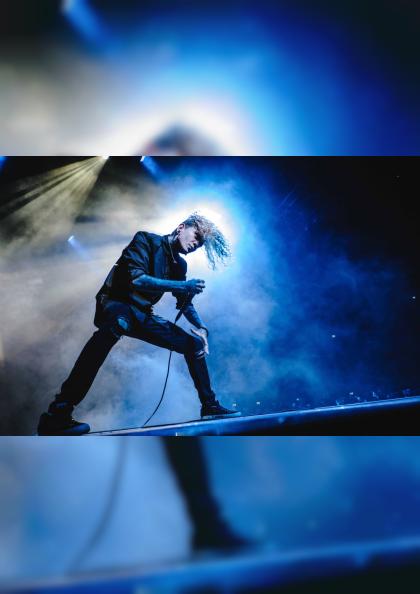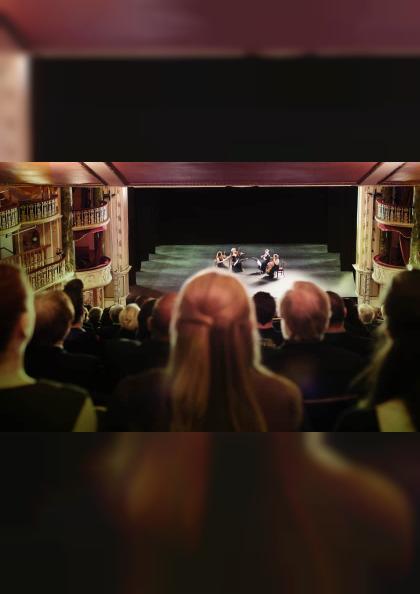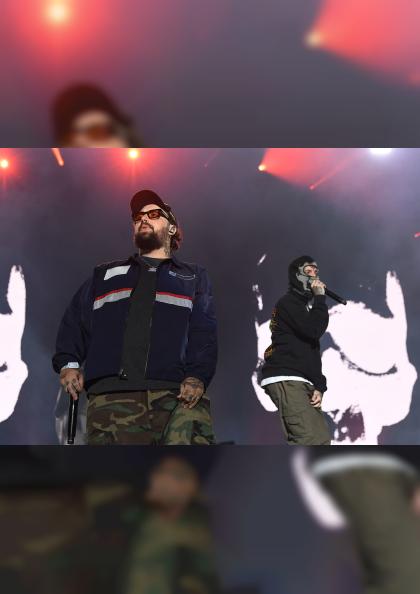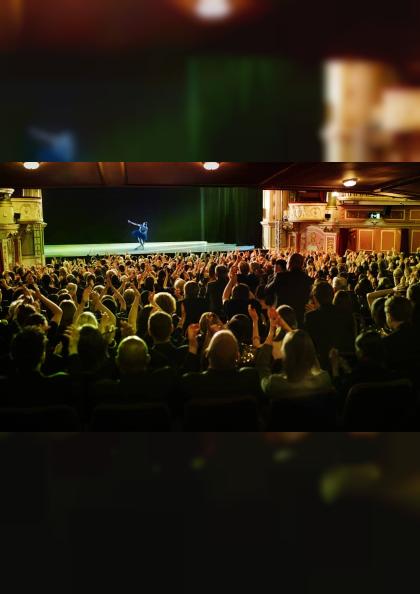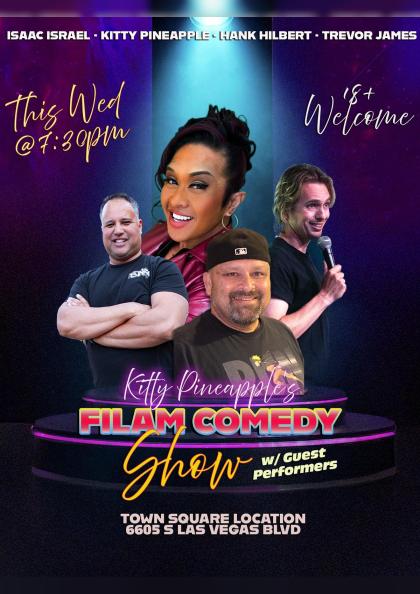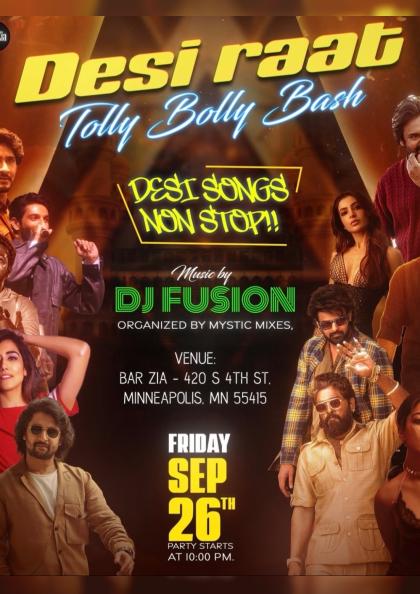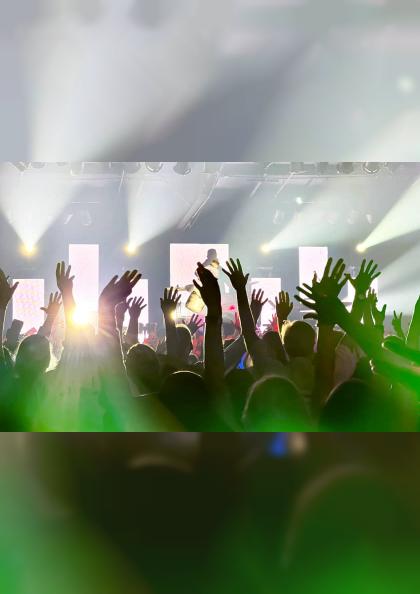Cinematography Masterclass: Examining Visual Techniques and Aesthetic Choices
Cinematography is often described as the art of visual storytelling. It is one of the key elements that shape the atmosphere and tone of a film, using light, camera movement, composition, and color to convey emotions, themes, and narratives. For filmmakers and aspiring cinematographers, understanding the principles behind these visual techniques is crucial. In this masterclass, we’ll break down some of the most important cinematographic techniques and aesthetic choices that make films visually striking and memorable.
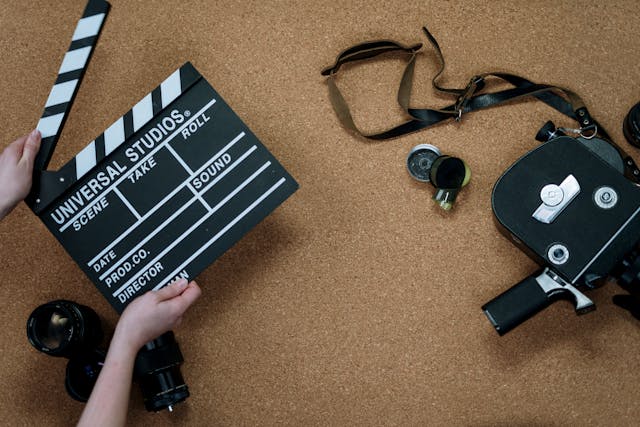
The Power of Composition
Composition refers to how the elements within the frame are arranged. It is the blueprint for the visual flow of the scene, guiding the audience's attention and shaping the overall mood. Strong composition can transform a simple scene into something breathtaking.
1. The Rule of Thirds
One of the most fundamental techniques in cinematography is the rule of thirds. This principle involves dividing the frame into nine equal parts using two horizontal and two vertical lines. Important elements are then placed along these lines or at their intersections. This creates balance and visual interest, avoiding the stiffness of central framing. However, while it’s a useful guideline, many filmmakers intentionally break the rule for creative effect.
2. Leading Lines
Leading lines use natural or architectural lines in the frame to guide the viewer’s eye toward a focal point. Whether it’s a road stretching into the distance, the lines of a staircase, or beams of light, leading lines can enhance depth and emphasize the narrative’s direction.
3. Framing Within the Frame
This technique involves using elements within the scene to frame the subject. Windows, doorways, or even shadows can act as secondary frames, directing attention to key figures or objects in the story. This method creates a sense of confinement or focus, depending on the context.
Lighting: The Art of Shadows and Highlights
Lighting is one of the most powerful tools a cinematographer has at their disposal. It sets the mood, defines the time of day, and can even be used to represent a character’s internal state. The way light interacts with the subject can tell an entire story without a single word being spoken.
1. Three-Point Lighting
The most common lighting setup in cinematography is the three-point lighting system. This consists of:
-
Key light: The main light source, usually positioned at an angle to the subject, to create highlights and shadows.
-
Fill light: A softer light used to reduce the harsh shadows created by the key light.
-
Backlight: Positioned behind the subject to create separation from the background and highlight the contours of the subject.
This technique is a staple in portrait and dialogue scenes, providing clarity and definition to the subject.
2. High-Key vs. Low-Key Lighting
-
High-key lighting: This lighting style is bright and evenly lit, with minimal shadows. It creates a cheerful or neutral tone and is often used in comedies, musicals, and sitcoms.
-
Low-key lighting: Characterized by dramatic shadows and strong contrast, low-key lighting creates a moody, mysterious, or suspenseful atmosphere. It’s commonly used in thrillers, noir films, and horror genres.
3. Natural vs. Artificial Lighting
Cinematographers also use natural light, such as sunlight or moonlight, to enhance the authenticity of a scene. Conversely, artificial lighting—such as lamps or studio lights—can be controlled for a more stylized effect. Blending both allows for a more dynamic visual approach that adapts to the mood and tone of the film.
Camera Movement: Bringing the Scene to Life
Camera movement is another critical tool in cinematography. It is a means of guiding the audience’s perspective, enhancing the narrative, and intensifying emotional moments.
1. The Dolly or Track Shot
A dolly shot involves moving the camera along a track to follow the action or reveal something new in the scene. It’s often used to create smooth, fluid motion, particularly when following characters or shifting focus within a space. A dolly-in (moving closer to the subject) or dolly-out (moving away) can also heighten drama or provide emphasis.
2. The Steadicam
A steadicam allows for smooth handheld shots that are free from the typical jerks or shakes of a traditional handheld camera. This technique allows cinematographers to move freely through spaces—whether through a crowded street or a tense hallway scene—while maintaining a fluid, controlled shot. This movement is often associated with heightened intimacy or suspense.
3. Tilt, Pan, and Zoom
-
Tilt: This is when the camera moves vertically (up or down) while remaining in place. It’s commonly used to reveal a character’s full stature or to showcase tall buildings and landscapes.
-
Pan: A horizontal camera movement, often used to follow action or introduce a wide vista, helping to establish the scene.
-
Zoom: Unlike physical camera movement, a zoom adjusts the lens to make the subject appear closer or farther. A quick zoom-in can create intensity or focus attention, while a zoom-out can reveal a larger context or give a sense of isolation.

Color and Texture: Setting the Mood
Color and texture are often used strategically to communicate themes and emotions. The aesthetic choices surrounding color schemes and textures in cinematography can subconsciously influence how the audience feels about a scene or character.
1. Color Grading
Color grading refers to the process of adjusting the colors in post-production to achieve a specific mood. For example:
-
Warm tones (reds, oranges, yellows) often evoke warmth, comfort, or nostalgia.
-
Cool tones (blues, greens) can create a cold, distant, or melancholic atmosphere.
-
Desaturated or monochrome color palettes might be used to convey a sense of bleakness or to focus attention on a single subject.
2. Symbolic Use of Color
Filmmakers often use color symbolically to represent different elements of the story or a character’s journey. For example, in The Matrix, the green tint symbolizes the artificial nature of the virtual world, while in Schindler’s List, the red coat of the girl in a black-and-white film symbolizes innocence and loss.
3. Texture and Material
The texture of surfaces within the frame also plays an important role. From the roughness of stone in a medieval setting to the sleekness of glass and metal in a futuristic world, textures influence the physicality of the world and its tone. Texture can also add a level of realism or enhance the dreamlike quality of a film.
Conclusion: The Art of Cinematography
Cinematography is a deeply creative and technical field, where visual choices shape not just how a film looks but how it feels and what it communicates. From the composition of the shot to the movement of the camera, lighting techniques, and the thoughtful use of color, cinematographers have an incredible ability to transform a script into a visual experience. By understanding these key techniques and how they interact with storytelling, filmmakers can create films that not only entertain but also resonate on a deeper emotional level with their audiences. As you continue your journey into cinematography, remember that every choice is an opportunity to tell a story through the lens.


